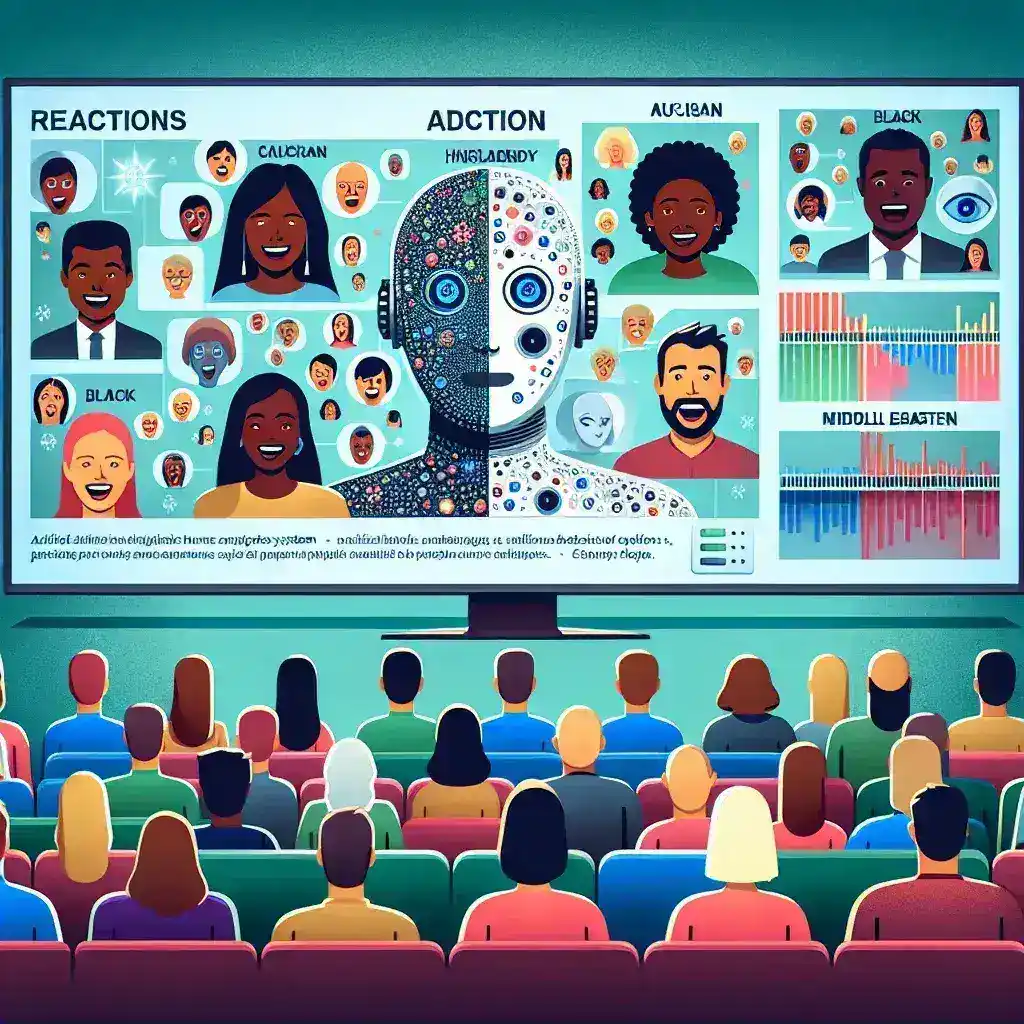Netflix’s Innovative Leap: AI Audience Testing for Show Pilots
In a groundbreaking move, Netflix has introduced AI audience testing for its U.S. show pilots, marking a significant shift in how streaming services gauge viewer preferences and refine content. This revolutionary approach not only enhances the show’s potential for success but also aligns with the evolving landscape of content consumption in the digital age.
The Evolution of Audience Testing
Traditionally, audience testing has relied on focus groups and surveys to gather feedback from a select group of viewers. However, as technology advances, so do the methods used to engage audiences. Netflix’s integration of artificial intelligence represents a new frontier in understanding viewer preferences. By leveraging data analytics and machine learning, the platform can now analyze vast amounts of viewer data to make informed decisions about pilot episodes.
Why AI Testing Matters
- Precision: AI can analyze viewer reactions in real time, providing immediate insights into what works and what doesn’t.
- Scalability: Traditional methods are often limited by sample size; AI can process data from millions of viewers across various demographics.
- Informed Decisions: AI insights can guide content creation, marketing strategies, and distribution plans, ensuring that the final product resonates with audiences.
How AI Audience Testing Works
The process begins with Netflix employing algorithms to track viewer engagement metrics, such as watch time, click-through rates, and social media interactions. This data is then analyzed to identify trends and preferences among different audience segments.
Step-by-Step Breakdown:
- Data Collection: AI systems gather extensive data from user interactions with the platform.
- Pattern Recognition: Machine learning algorithms identify patterns in viewer behavior and feedback.
- Content Optimization: Insights gained are used to tweak pilot episodes, enhancing elements that viewers love and reworking those that fall flat.
- Final Evaluation: After adjustments, the refined pilot is tested again to ensure it meets audience expectations.
Implications for Content Creation
This innovative approach heralds a new era in content creation. By utilizing AI audience testing, Netflix can potentially reduce the risk associated with launching new shows. Understanding what resonates with viewers before a show’s release allows creators to craft narratives that are more likely to succeed.
Benefits of AI Testing:
- Increased Viewership: Tailoring content to audience preferences can lead to higher engagement and subscription rates.
- Cost Efficiency: Reducing the number of failed pilots saves money and resources for the platform.
- Enhanced Viewer Satisfaction: Audiences are more likely to enjoy content that aligns with their preferences.
Challenges and Considerations
While the benefits are significant, there are challenges that come with the territory. Privacy concerns arise when collecting vast amounts of viewer data, and there is the risk of over-reliance on algorithms, potentially stifling creativity. Striking the right balance between data-driven decisions and creative intuition is crucial.
Expert Opinions
Industry experts have weighed in on the impact of AI audience testing. Dr. Jane Smith, a media analyst, states, “While AI offers unprecedented insights, the essence of storytelling remains fundamentally human. We must ensure that technology serves to enhance creativity, not replace it.”
Future Predictions
Looking ahead, the integration of AI in audience testing is likely to become more sophisticated. As algorithms evolve and data analytics improve, we can expect even more personalized viewing experiences. Netflix’s bold step could set a precedent for other platforms, reshaping the entire television landscape.
Potential Developments:
- Real-Time Feedback: Future systems may provide immediate feedback during test screenings, allowing for on-the-spot adjustments.
- Broader Metrics: Expanding the metrics analyzed could yield deeper insights into emotional reactions, plot preferences, and character development.
- Global Adaptation: AI audience testing might be adapted for international markets, catering to diverse cultural preferences.
Conclusion
Netflix’s introduction of AI audience testing for U.S. show pilots represents a pivotal moment in content creation. By harnessing the power of technology, the platform is not only enhancing its decision-making process but also promising a future where viewer preferences shape the narratives we see on our screens. As we continue to navigate this new terrain, it will be fascinating to observe how these innovations influence the entertainment industry as a whole.

